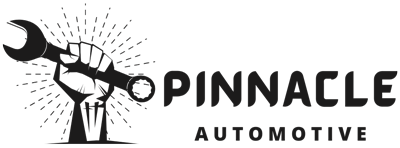As the temperature rises, it’s essential for car owners to understand how hot weather can affect their vehicle’s timing belt. The timing belt plays a crucial role in the engine’s operation, ensuring that the crankshaft and camshaft are in sync. Hot weather can accelerate wear and tear on the timing belt, potentially leading to costly repairs if not addressed promptly.
Signs of Timing Belt Wear in Hot Weather
Here are some common signs that your timing belt may be wearing out due to hot weather conditions:
- High Temperatures: Excessive heat can cause the timing belt to deteriorate faster than usual. Keep an eye on your car’s temperature gauge and be cautious if it consistently runs higher than normal.
- Cracking: Heat can cause the rubber in the timing belt to dry out and crack. Inspect the belt regularly for any visible signs of damage.
- Squealing Noises: If you hear high-pitched squealing noises coming from the engine, it could indicate that the timing belt is slipping or worn out.
- Engine Misfires: A worn timing belt can cause the engine to misfire, leading to rough idling or stalling. If you experience these issues, have your timing belt checked immediately.
How Hot Weather Impacts Timing Belt Wear
Hot weather can exacerbate the wear and tear on your car’s timing belt in several ways:
- Heat Exposure: Constant exposure to high temperatures can cause the rubber in the timing belt to become brittle and prone to cracking.
- Increased Friction: Hot weather can also increase friction between the timing belt and other engine components, leading to faster deterioration.
- Fluid Evaporation: High temperatures can cause engine fluids to evaporate more quickly, potentially resulting in inadequate lubrication for the timing belt.
Tips for Maintaining Your Timing Belt in Hot Weather
To mitigate the impact of hot weather on your timing belt, follow these maintenance tips:
- Regular Inspections: Schedule regular inspections of your timing belt to check for any signs of wear or damage.
- Cooling System Maintenance: Ensure that your car’s cooling system is functioning correctly to prevent overheating, which can accelerate timing belt wear.
- Keep Your Car Sheltered: Whenever possible, park your car in a shaded area or garage to protect it from prolonged exposure to the sun.
- Follow Manufacturer Guidelines: Adhere to the manufacturer’s recommendations for timing belt replacement intervals to prevent unexpected failures.
- Consult a Professional: If you suspect that your timing belt is worn or damaged, don’t hesitate to consult a qualified mechanic for an inspection.
Final Thoughts
In hot weather conditions, the timing belt in your vehicle is subjected to increased stress and wear. By staying vigilant for signs of timing belt wear and following proper maintenance practices, you can help ensure the longevity and reliability of your car’s engine. Prioritize regular inspections and timely replacements to avoid costly repairs down the road.
